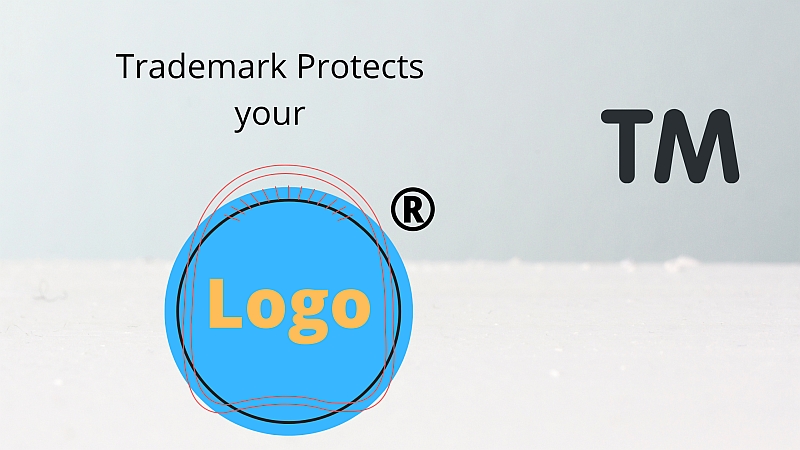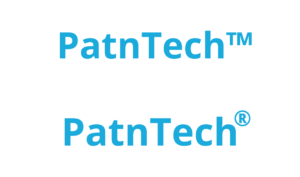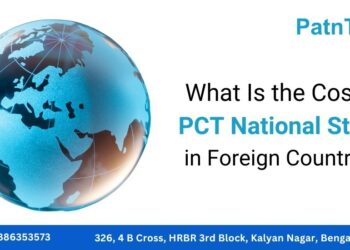Learn How to Protect Your Brand Name or Logo with Trademark
- September 2, 2020
- Posted by: Patntech
- Categories: Blog, Trademark


You have conceived and designed a unique business or product idea and created a logo that best represents your business or product. Before or shortly after you launch your business or product in the market, you should consider protecting the logo by applying for a trademark. You need to know certain aspects before you apply for a trademark. We have laid down some important points that one must consider before applying for a trademark.
1. Understand what is a trademark.
A. A trademark protects the name of a company, a product and a service as well as slogans and the like.
2. What can you trademark?
A. Trademark can be obtained for word marks, logos, sound marks or the shape or packing of goods. The trademark represents a company or product.
3. Why does a trademark matter to business or product?
A. A trademark distinguishes the product or service of one company or organization from those its competitors may provide. Trademark allows customers to recognize brands in a crowded market and prevents competitors from copying, or infringing on, someone else’s work. With time, a trademark becomes synonymous with a brand’s values, offerings, quality and trust in the minds of customers and the general public alike.
4. What benefits do I get having a trademark?
A. A trademark gives you an exclusive legal right to market your brand or product. In simple terms, the owner of the registered trademark will be the only one in the whole country who will be able to sell products and/or services associated with that trademark.
5. How do you get rights to a logo? OR How does a logo become a trademark?
A. An Applicant or the owner of the business should file a request or application before the Trademark office. Trademark office examines or reviews the application and if they find that no one has used a similar name or logo similar to that of the applied logo, then you get the trademark registration certificate. If you have business in more than one country, then you need to apply for a trademark in each country to protect your logo in respective countries.
6. Should I copyright or trademark a logo?
A. Trademark protects logos and slogans. Copyright does not protect short phrases often found in a logo.
7. How do you use different trademark symbols?
A. TM indicates that the trademark application has been filed and the registration is under process. An applicant can use the TM beside his brand name or logo once the application is filed. He can use it until the registration is done. After completion of registration, the TM gets replaced by ® which means the trademark registration is completed and it is valid for 10 years. It is not mandatory to use trademark symbols ™ or ® next to your logo, however doing so signifies that someone claims ownership of the mark, which could make other businesses think twice about “copying” part of your brand.
8. Show an example how to use the trademark symbols beside a logo.

9. What is trademark class?
A. In most jurisdictions, the products for which trademarks are registered are categorized using the 45 product classes of the International Classification of Goods and Services under the Nice Agreement. Classes 1 to 34 are used for goods and classes 35 to 45 for services. You file the trademark application in one or more relevant classes to protect the logo in those categories.
10. Can an applicant or owner file an application for trademark by himself/herself?
A. Yes. An applicant or owner can file an application for trademark by himself/herself. However, it is advisable to consult a trademark agent or trademark lawyer to ensure you submit all required documents to the trademark office without any discrepancies. For example, it is important the applicant files the application in correct trademark class relevant to their business. If filed on wrong classification, your application may get rejected, or even if it gets accepted the applicant will not have required protection in a class that covers his nature of business. Further, if the trademark office objects the application, then trademark agent will help you to overcome the objection. Without proper response, your trademark registration may get delayed. The trademark agent can also help you to renew trademark every ten years so that you have continuous protection for your logo.
Author: Chandrasekhar Raju
AIPPI World Congress, Yokohama, Japan
We are pleased to share that PatnTech’s Managing Partner, Mr. Chandrasekhar Raju, attended the AIPPI World Congress held in Yokohama, Japan, from September 13–16, 2025.
October 1, 2025What Is the Cost of PCT National Stage in Foreign Countries?
The Patent Cooperation Treaty (PCT) simplifies patent protection for companies and inventors worldwide
August 6, 2025The Importance of US Design Patents for Innovators: Insights from PatnTech
In today’s competitive marketplace, innovation drives success, and protecting those innovations is crucial.
July 21, 2025How to Apply for a US Design Patent: Your Step-by-Step Guide
A US design patent protects the unique ornamental design of an article of manufacture. It helps businesses and inventors safeguard their innovative creations.
July 10, 2025




